
The silver-washed fritillary is a common and variable butterfly found over much of the Palearctic realm – Algeria, Europe and across the Palearctic to Japan.

The purple hairstreak is a butterfly in the family Lycaenidae distributed throughout much of Europe, North Africa, Anatolia, Caucasia, and Transcaucasia. The larva feeds on Quercus robur, Quercus petraea, Quercus cerris and Quercus ilex.
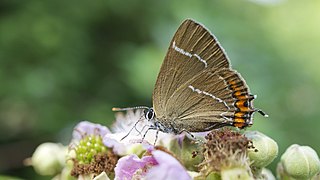
The white-letter hairstreak is a butterfly in the family Lycaenidae.

The black hairstreak is a butterfly in the family Lycaenidae.

The large chequered skipper is a species of butterfly in the family Hesperiidae. It is the single member of the monotypic genus Heteropterus. The species can be found in isolated populations in Europe and east across the Palearctic to Central Asia and Korea. It is endangered in the Netherlands.

The purple-shot copper is a butterfly in the family of the Lycaenidae or copper butterflies and in the genus of the Lycaena.

Melitaea diamina, the false heath fritillary, is a butterfly of the family Nymphalidae.
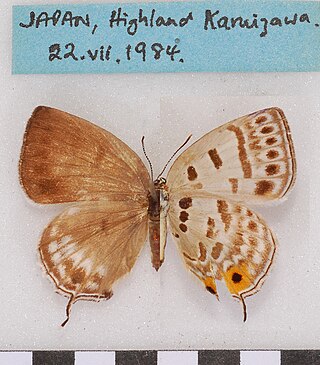
Antigius is a genus of butterflies in the family Lycaenidae. The species of this genus are found in the eastern Palearctic realm, as well as Taiwan and Myanmar.

Parnassius tenedius, the tenedius Apollo, is an east Palearctic member of the snow Apollo genus (Parnassius) of the swallowtail family (Papilionidae). Populations range from Siberia and the Far East of Russia to the western Chukchi Peninsula, Mongolia and north China. The larva feeds on Corydalis species. In the northern part of its range it is a low altitude butterfly; further south it is montane.

Coenonympha glycerion, the chestnut heath, is a butterfly species belonging to the family Nymphalidae. It can be found in Eastern Europe and east across the Palearctic to Siberia and the Caucasus to North Korea.

Argynnis pandora, the cardinal, is a butterfly of the family Nymphalidae. It is common throughout southern Europe and is also found in northern Africa and the Middle east and then east across the Palearctic to the Tian-Shan andnorthwestern India.

Glaucopsyche alexis, the green-underside blue, is a butterfly of the family Lycaenidae. It is found in the Palearctic.

Muschampia tessellum, the tessellated skipper, is a butterfly of the family Hesperiidae. It is found from the southern Balkan Peninsula through Ukraine, southern Russia and Asia Minor, southern Siberia, Mongolia, east to the Amur region.
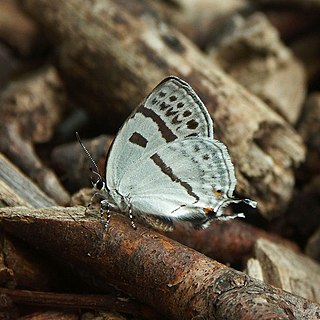
Antigius attilia is a butterfly of the family Lycaenidae. It is widespread from Japan, the Korean Peninsula, the Russian Far East throughout northern, central and western China to Taiwan.

Pseudochazara anthelea is a species of butterfly in the family Nymphalidae. It is found in Albania, the Republic of Macedonia, Bulgaria, Greece, Turkey and northern Iraq. The males can be easily distinguished from the females by the white base and they are found in dry, stony slopes and gullies, usually on limestone.
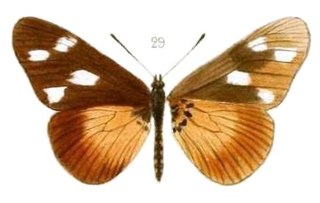
Acraea johnstoni, or Johnston's acraea, is a butterfly in the family Nymphalidae that is native to East Africa.

Chazara persephone, the dark rockbrown, is a butterfly species belonging to the family Nymphalidae. It can be found from Crimea across the Caucasus and north of the Middle East to Iran; from the southern Urals across Kazakhstan to the southern Altai and west Siberia.
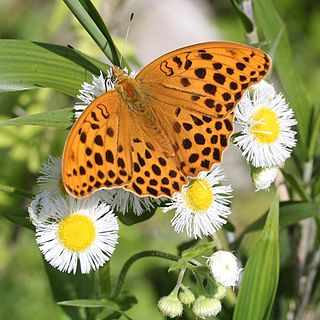
Argynnis anadyomene is a butterfly found in the East Palearctic that belongs to the browns family.

Limenitis helmanni is a butterfly found in the East Palearctic that belongs to the browns family.

Athyma punctata is a butterfly found in the Palearctic that belongs to the browns family. It is endemic to China.




















